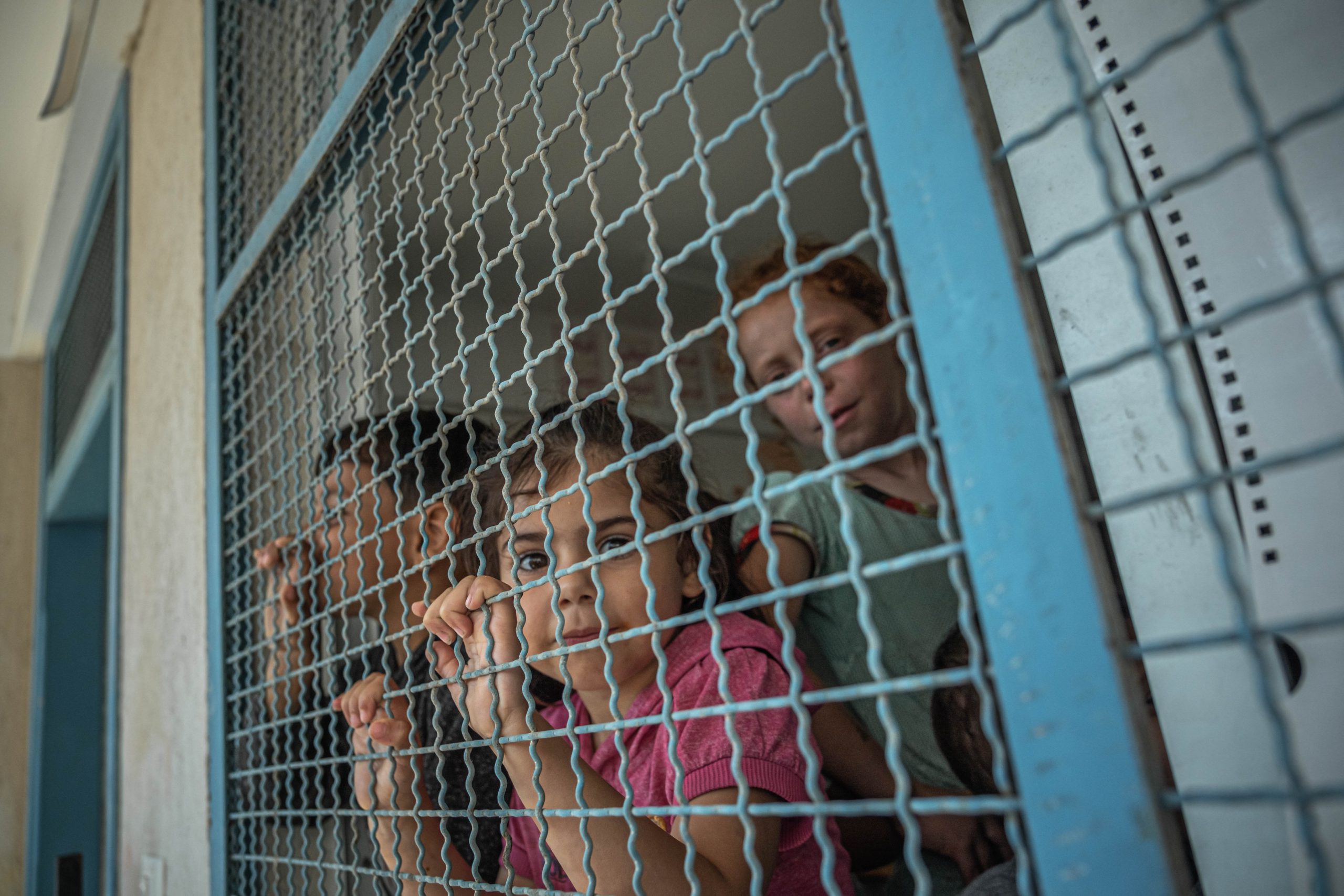The Gulf state was also the first Arab country to sign a multi-year agreement with UNRWA in 2018.
The Qatar Fund for Development (QFFD) and the United Nations’ Palestinian refugee agency (UNRWA) inked on Monday a $18 million agreement for the year 2023-2024 to support Palestinian refugees amid the ongoing Israeli aggression in Gaza.
“In the face of the devastating humanitarian crisis in Gaza, marked with unprecedented levels of loss of life, human suffering, displacement, and destruction, QFFD will continue to practice collaboration and agility to continue the support of our brothers in Palestine,” Khalifa Al-Kuwari, Director General of QFFD, said in a statement.
The Qatari entity previously contributed $18 million to cover the years 2021-2022. The Gulf state was also the first Arab country to sign a multi-year agreement with UNRWA in 2018.
The latest Qatari contribution comes at a critical time for the agency, with the Israeli genocide in Gaza continuing to forcibly displace Palestinians while flattening much of the Strip’s structures.
Since the beginning of the Israeli aggression on Gaza on October 7, the occupation forces have killed at least 15,899 Palestinians, according to the Palestinian health ministry.
Euro-Med had reported a higher death toll at 21,022, including 8,312 children, though it has not been updated since Friday.
The figure is expected to be much higher since the collapse of Gaza’s health sector had disabled the tracking of the death toll after the ground invasion of Al-Shifa Hospital on November 18.
By November 13, the occupation forces killed at least 101 UN staff in Gaza, marking the largest total of casualties of the organisation’s 78-year history. By December 2, UNRWA reported that 111 of its members were killed.
The Israeli genocide in Gaza has also displaced nearly 1.9 million people, or 80% of the population across the Strip, many of which have been taking shelter in the south, per figures published by the UN on Monday.
The brutal Israeli bombardment has intensified since the expiry of a temporary, week-long, truce on December 1 that was mediated by Qatar and Egypt.
The bombardment has been targeting the north, centre and south of the Strip, as Israeli tanks continue to advance deeper into Gaza. UNRWA facilities, where tens of thousands of displaced Palestinians have been taking shelter, are among the main targeted facilities.
On Monday, UNRWA said that one of its schools in Deir Al Balah, in the centre of Gaza, “sustained collateral damage due to a strike on a building nearby”. The school sheltered approximately 10,200 internally displaced Palestinians.
UNRWA’s Commissioner-General Philippe Lazzarini warned on December 4 that “the resumption of the military operation and its expansion further in southern Gaza is repeating horrors from past weeks.”
“We have said it repeatedly. We are saying it again. No place is safe in Gaza, whether in the south, or the southwest, whether in Rafah or any unilaterally so-called ‘safe zone’,” Lazzarini said in a statement at the time.
Palestinians in Gaza have been grappling with a dire humanitarian catastrophe caused by the Israeli war and complete air, land and sea embargo on the Strip.
The World Food Programme’s (WFP) Director for the Middle East Corinne Fleischer warned on November 28 that “there is a risk of famine and starvation” in Gaza. There have also been major risks of waterborne diseases, such as cholera.
In yet another alarming development, the Wall Street Journal (WSJ) reported on Monday that Israel is planning to flood Gaza’s tunnels with seawater in an attempt to force out Hamas.
The Journal, citing a United States official privy to the matter, said that Israel is planning on using a large pump network to flood the tunnels within weeks. The report added that Israel already set up five pumps near the Shati refugee camp in Gaza in November.
However, the source added that it remains unclear whether Israel would use the pumps before the release of all captives from Hamas.
“We are not sure how successful pumping will be since nobody knows the details of the tunnels and the ground around them,” the official said.
“It’s impossible to know if that will be effective because we don’t know how seawater will drain in tunnels no one has been in before.”







